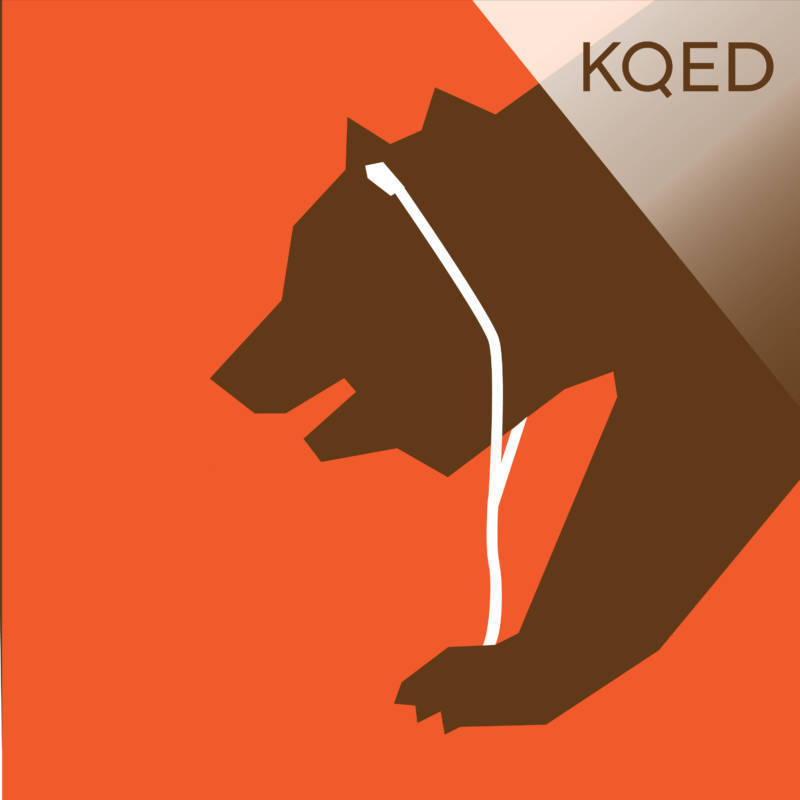This week on The California Report Magazine: a new perspective on those who are blind or visually impaired.
A lot of stories about people who are blind are sensational. They focus on the trauma of losing sight and the triumph of overcoming that adversity. At their worst, these kinds of stories turn blind people into little more than inspirational tales for everybody else. But even at their best, these stories often fail to capture the rich ways blind people experience the world.
To get in touch with that richness, we've teamed up with Sam Harnett and Chris Hoff from the podcast The World According to Sound. They bring us five stories of blind people from all around the state.
Touching the Secret World of Mollusk Shells
Geerat Vermeij studies the evolution of mollusk shells and has used his observations to write on subjects outside his field, like economics, law and politics.
If Noel Runyan Can't Find What He Needs, He Builds It Himself
Noel has rigged up everything from a Jacob's ladder and vibrating gun sight to a workshop where he builds sculptures out of old computer parts and polishes rocks for competitions.
Ioana Gandrabur Is Not 'The Blind Guitarist'
Gandrabur was the only blind kid in a sighted school, and says she felt special, but also segregated. 'Then all of a sudden through music, I felt like I had a way to reach people,' she says.
An Architect Who Listens to Buildings
One of Chris Downey's favorite places in San Francisco is a building that transports you from nature to a market and then out into the city. The structure creates three distinct soundscapes all within one hundred feet.
Hoby Wedler Thinks About How Your Water Bottle Sounds
Sensory consultants like Hoby help companies design products that sounds just right.
This story comes to us from Chris Hoff and Sam Harnett of The World According to Sound podcast. They’re partnering with the LightHouse for the Blind and Visually Impaired in San Francisco to help us reimagine California in the rich way blind people experience it every day. The project has additional support from California Humanities.

